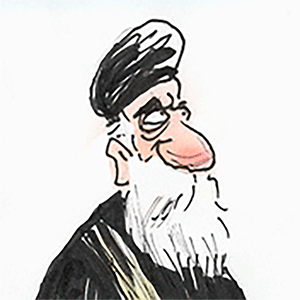Understanding Different Shooting Stances and Their Benefits
Published in Entertainment Articles
Looking to improve your aim and control?
Learn about different shooting stances to build a strong foundation for better accuracy and safety. Each stance has its advantages depending on the situation.
Practice helps you find what works best. Keep reading to understand how proper positioning supports shooting performance. Here are six key stances every shooter should get familiar with.
Isosceles Stance for Balance and Simplicity
This stance is often the first taught to beginners. The shooter stands square to the target with both arms extended. Feet are shoulder-width apart for stability.
It allows quick sight alignment and is easy to repeat. Recoil is managed well through both arms and a centered body. It’s a go-to for many because it keeps things simple and effective.
Weaver Stance for Recoil Control
The Weaver stance uses a bladed body angle with the non-dominant foot slightly forward. One arm pushes while the other pulls, creating tension for control. This stance reduces muzzle rise and helps absorb recoil.
It offers good support for precision shooting. However, it takes more practice to master the arm tension. Taking a gun safety course in Houston can help with proper stance training.
Modified Weaver for Versatility
This is a relaxed version of the Weaver stance. It’s easier on the arms while still offering control. The shooter adjusts the body angle based on comfort.
It works well for people who shoot often and need a stance that adapts. This option fits both range use and defensive shooting. It keeps the principles of control without being too rigid.
Chapman Stance for Added Stability
Also called the “modified Weaver,” this stance uses a locked-out strong arm. The support hand bends and pulls back. The head leans slightly toward the gun for a better sight picture.
It gives a firm base and helps shooters handle powerful recoil. This stance suits those who like a more rigid posture. It provides great control during repeated shots.
Fighting Stance for Real-World Scenarios
This stance looks like a boxer’s stance. Feet are staggered, and the knees are bent. It allows quick movement and changes in direction.
It is good for defensive or tactical situations. The shooter stays mobile while maintaining control. It blends speed with steady aiming.
Prone Stance for Long-Range Accuracy
The prone position places the shooter flat on the ground. It is used mainly for long-distance shots. This stance removes most body movement for steady aim.
The body lies behind the gun for full recoil absorption. It’s harder to get into quickly, but it works well for sniper-style shooting. It offers the most support out of all positions.
Kneeling Stance for Quick Cover and Accuracy
The kneeling stance drops the shooter’s body closer to the ground. One knee touches the floor while the other supports the shooting position. It helps reduce exposure and keeps the shooter steady.
This stance is useful when shooting from behind low cover. It balances speed and control during sudden situations. It also improves accuracy without needing to go fully prone.
Understand Different Shooting Stances and Their Benefits
Learning different shooting stances builds confidence and skill. It also helps you adjust to many types of shooting situations. Try them out to find what fits your style.
Proper form leads to safer and more accurate results. Whether on the range or in the field, a good stance matters. Practice often and keep refining your technique.
We’ve written more like this- have a look at the blog.












Comments